Description
- Cranial Morphology:
– The model accurately reproduces the overall cranial morphology of baboons, characterized by a robust and elongated structure.
– Prominent features include a well-developed sagittal crest, a bony ridge on the skull’s midline, indicating strong jaw muscles.
- Dental Features:
– Detailed representation of dental characteristics, including the presence of large canines and molars adapted for an omnivorous diet.
– The model showcases the dental formula typical of baboons, emphasizing the specialized dentition for their varied feeding habits.
- Mandibular Structure:
– Accurate depiction of the mandible’s structure, highlighting the robust and powerful jaw adapted for chewing tough vegetation and occasional prey.
- Orbit and Vision:
– The model features large orbits, emphasizing the importance of visual acuity in baboons, allowing for effective navigation and detection of predators or food sources.
- Material and Construction:
– Constructed from durable materials, the baboon skull model ensures longevity and authenticity.
– Meticulous attention to texture and coloration contributes to a lifelike appearance, based on available information and scientific understanding of baboon anatomy.
- Educational Significance:
– The skull model serves as an essential educational tool for researchers, educators, and enthusiasts interested in primate anatomy and evolution.
– It contributes to a deeper understanding of the adaptive features that have allowed baboons to thrive in diverse habitats across Africa and parts of Arabia.
- Comparative Anatomy:
– The model facilitates comparative studies with other primate species, highlighting both shared and unique characteristics within the primate order.
- Research and Conservation:
– The model aids researchers in studying the variations within baboon populations and contributes to conservation efforts by fostering a better understanding of the species’ anatomy and ecological needs.
- Behavioral Insights
– Understanding the cranial features of baboons provides insights into their feeding ecology, social structure, and interactions with the environment.
The baboon skull model’s accurate representation of anatomical features offers valuable insights into the evolutionary adaptations and ecological roles of these primates. Its meticulous design and scientific accuracy make it an invaluable tool for educational purposes, comparative anatomy studies, and as a visual representation of the natural history of baboons.

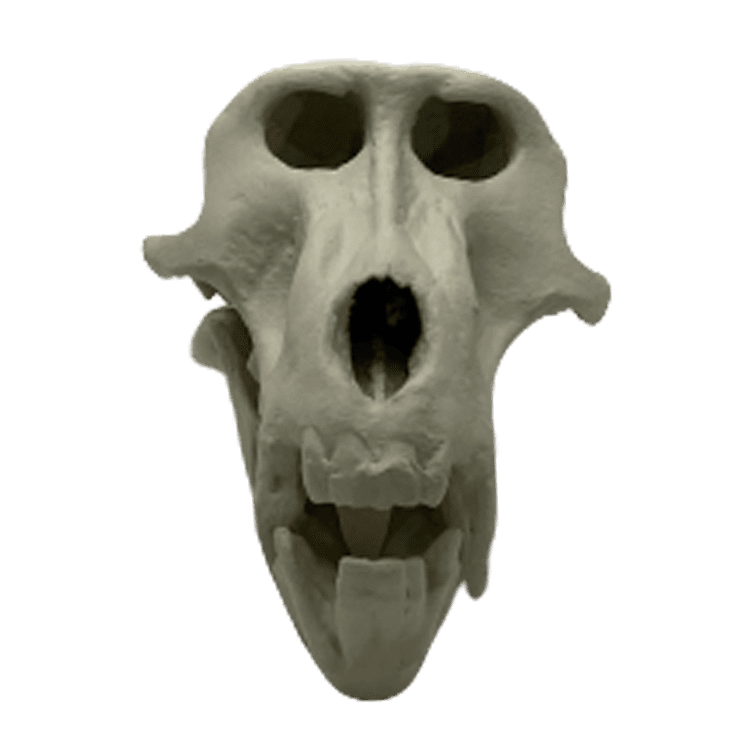
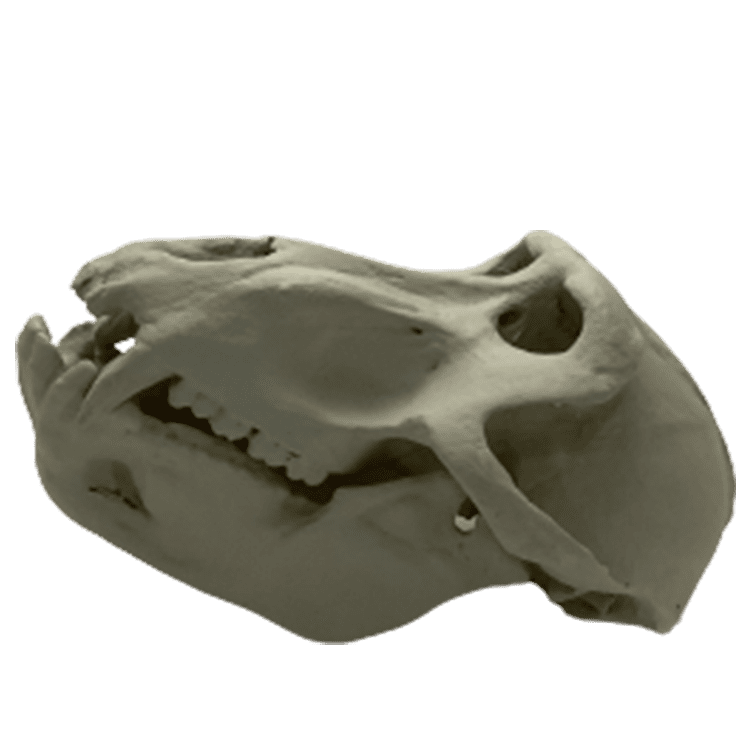
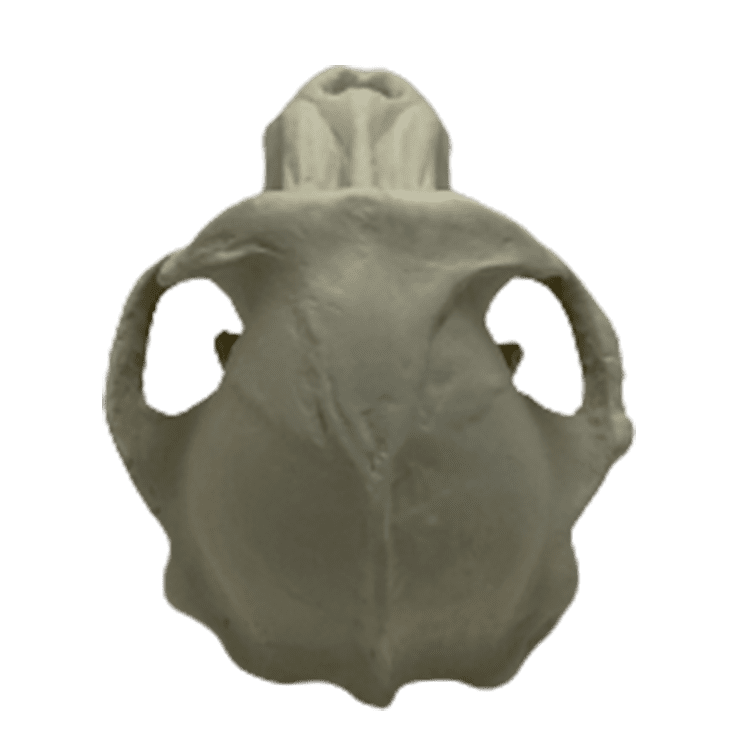

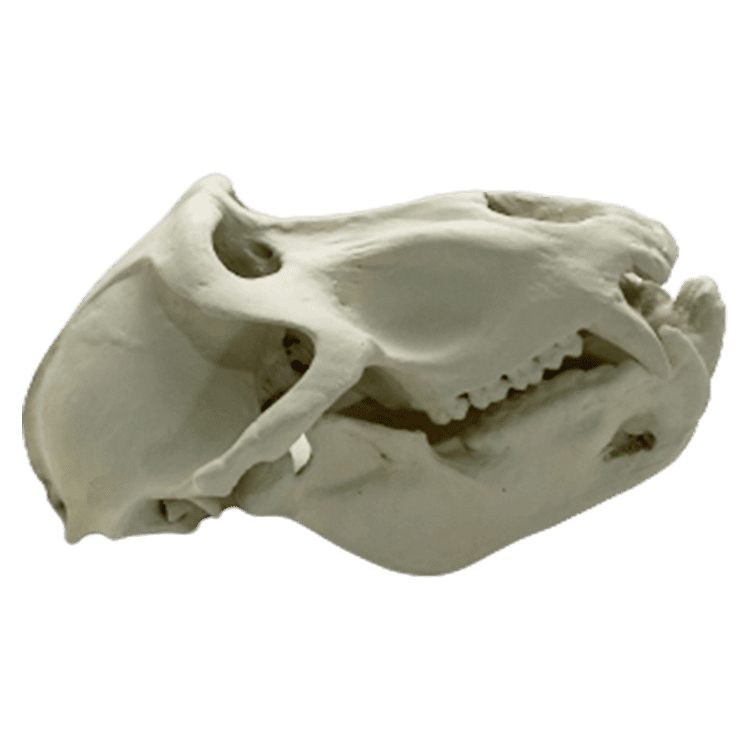
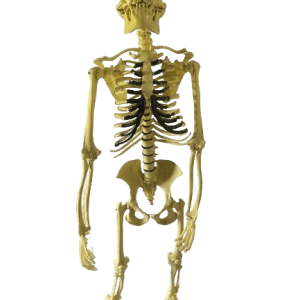
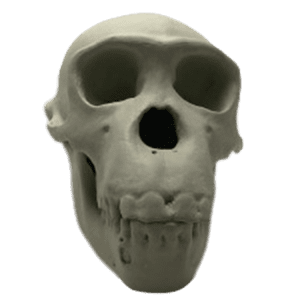
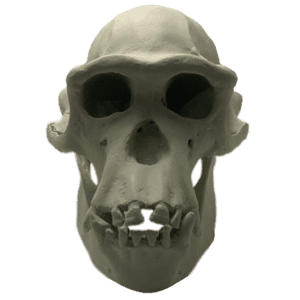
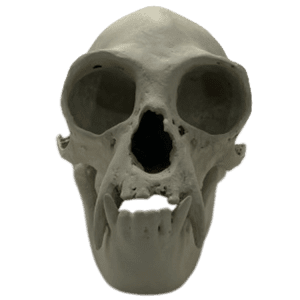
Reviews
There are no reviews yet.